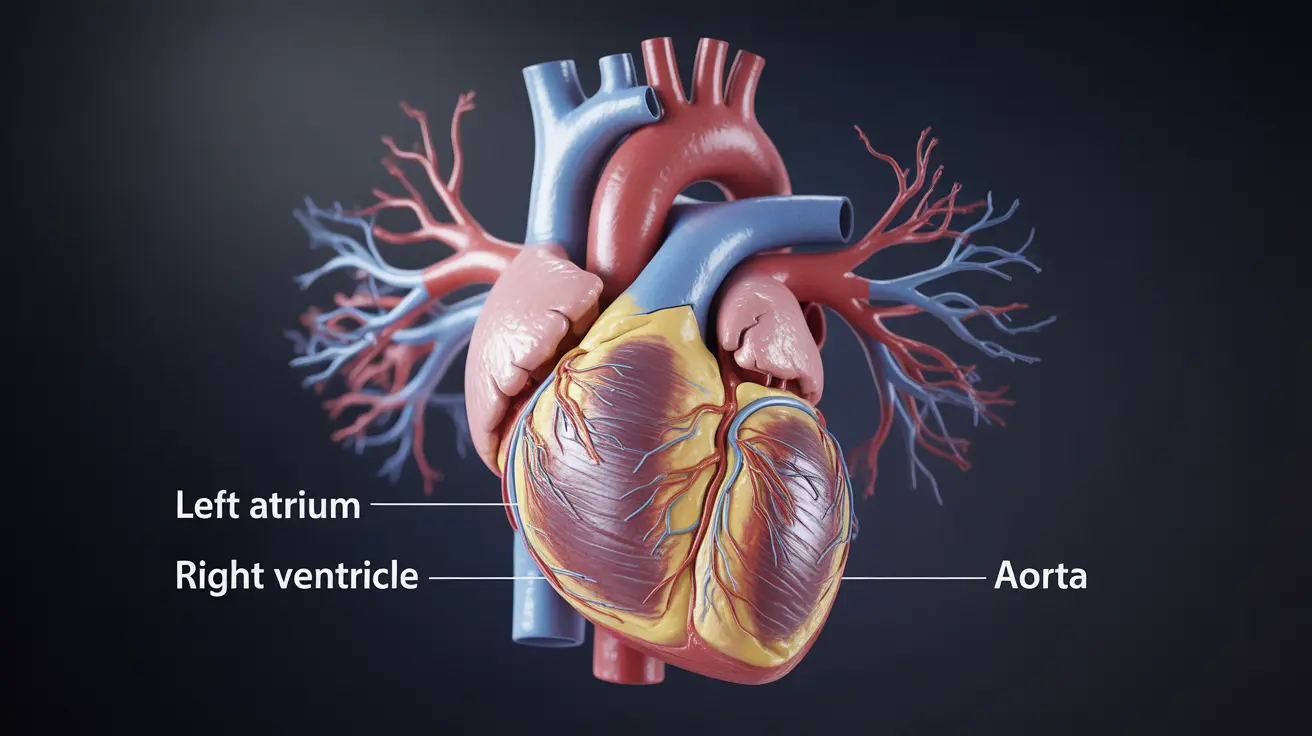Ventricular fibrillation (VFib) is a severe cardiac emergency where the heart's lower chambers quiver chaotically instead of pumping blood effectively. This dangerous heart rhythm can lead to sudden cardiac arrest within minutes if not treated immediately. Understanding VFib's causes, symptoms, and treatment options is crucial for everyone, especially those with heart conditions or their caregivers.
This comprehensive guide explores the critical aspects of ventricular fibrillation, from risk factors to emergency response and long-term management strategies. Quick recognition and immediate action can mean the difference between life and death when VFib occurs.
Understanding Ventricular Fibrillation
Ventricular fibrillation occurs when the heart's electrical system malfunctions, causing the ventricles (lower heart chambers) to contract rapidly and irregularly. Instead of coordinated pumping, the heart muscle merely quivers, failing to circulate blood throughout the body. Without immediate intervention, this condition can be fatal within minutes.
Common Causes and Risk Factors
Several underlying conditions and circumstances can trigger ventricular fibrillation:
- Previous heart attack or heart disease
- Severe electrolyte imbalances
- Genetic heart conditions
- Drug toxicity
- Electrical shock accidents
- Severe trauma to the chest
Risk factors that increase the likelihood of developing VFib include:
- Family history of sudden cardiac death
- Previous cardiac events
- Advanced age
- Smoking
- Obesity
- Diabetes
- High blood pressure
Recognizing VFib and Emergency Response
Ventricular fibrillation typically presents suddenly and requires immediate emergency response. Key signs include:
- Sudden collapse
- Complete loss of consciousness
- Absence of pulse
- No breathing or gasping breaths
- Blue or purple skin color
If you witness someone experiencing these symptoms, take these immediate steps:
- Call emergency services (911)
- Begin CPR immediately
- Use an automated external defibrillator (AED) if available
- Continue CPR until emergency responders arrive
Treatment Approaches
Immediate Emergency Treatment
The primary emergency treatment for VFib is defibrillation, which delivers an electrical shock to reset the heart's rhythm. This is typically combined with CPR to maintain blood flow to vital organs until additional medical interventions can be implemented.
Long-term Management
After surviving a VFib episode, several treatment strategies may be employed:
- Implantable cardioverter-defibrillator (ICD) placement
- Antiarrhythmic medications
- Treatment of underlying heart conditions
- Regular cardiac monitoring
- Lifestyle modifications
Prevention and Lifestyle Changes
Several lifestyle modifications can help reduce the risk of ventricular fibrillation:
- Regular cardiovascular exercise
- Heart-healthy diet
- Smoking cessation
- Stress management
- Regular medical check-ups
- Maintaining healthy weight
- Blood pressure control
- Managing diabetes effectively
Frequently Asked Questions
What are the common causes and risk factors for ventricular fibrillation (VFib)? VFib is commonly caused by existing heart conditions, electrical disturbances in the heart, severe trauma, or drug toxicity. Risk factors include previous heart attacks, family history of sudden cardiac death, advanced age, and various lifestyle factors like smoking and obesity.
What are the signs of ventricular fibrillation and how do you respond in an emergency? Signs include sudden collapse, unconsciousness, and absence of pulse or breathing. Immediate response should include calling 911, starting CPR, and using an AED if available.
How is ventricular fibrillation treated both during a cardiac arrest and for long-term prevention? Emergency treatment involves immediate defibrillation and CPR. Long-term prevention typically includes ICD placement, medications, treating underlying conditions, and lifestyle modifications.
What is an implantable cardioverter-defibrillator (ICD) and how does it help prevent VFib episodes? An ICD is a device implanted under the skin that monitors heart rhythm and delivers electrical shocks when dangerous rhythms are detected, preventing sustained VFib episodes.
What lifestyle changes can reduce the risk of ventricular fibrillation and sudden cardiac arrest? Key lifestyle changes include maintaining regular exercise, following a heart-healthy diet, quitting smoking, managing stress, controlling blood pressure and diabetes, and getting regular medical check-ups.




